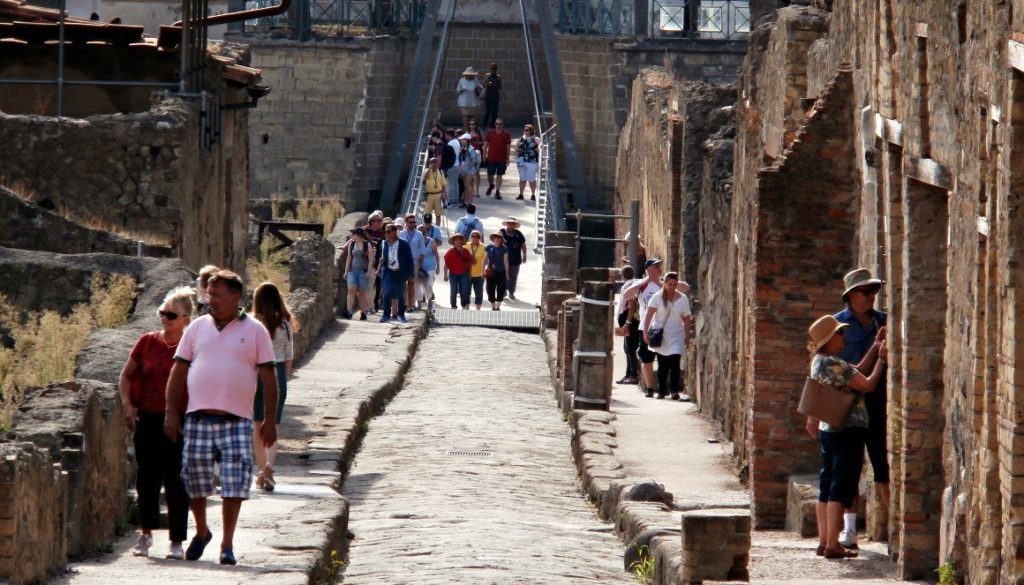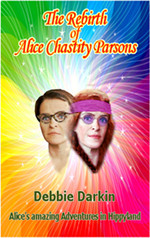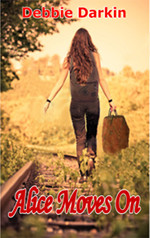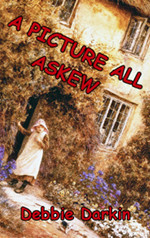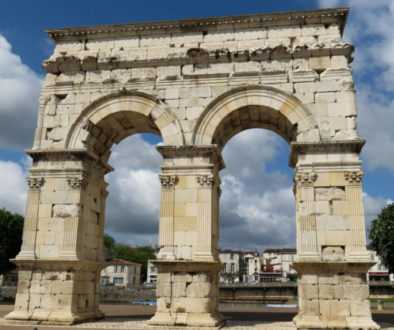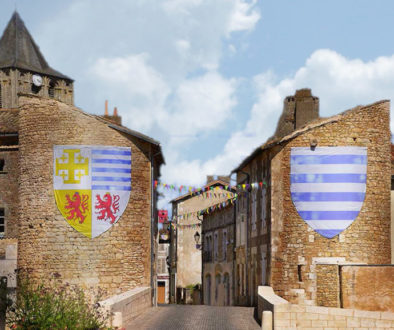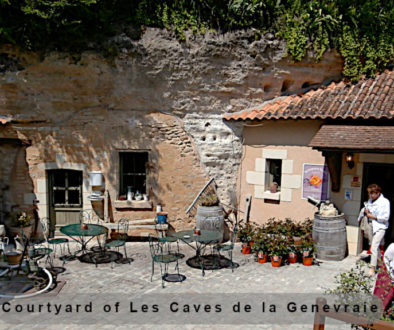HERCULANEUM
EARLY START for the ANCIENT SITES in SOUTHERN ITALY
21st September:
For her first trip we took Lolly to visit the second most famous of the ancient sites in Southern Italy – Herculaneum. It was a very scenic journey both ways. We were most impressed by a thin ‘fan’ of sharp rocks high up on top of a mountain. We recognised it from ‘Google Images’ and knew that sheltering behind them was a tiny mountain village. We promised ourselves a trip to find it at a later date.
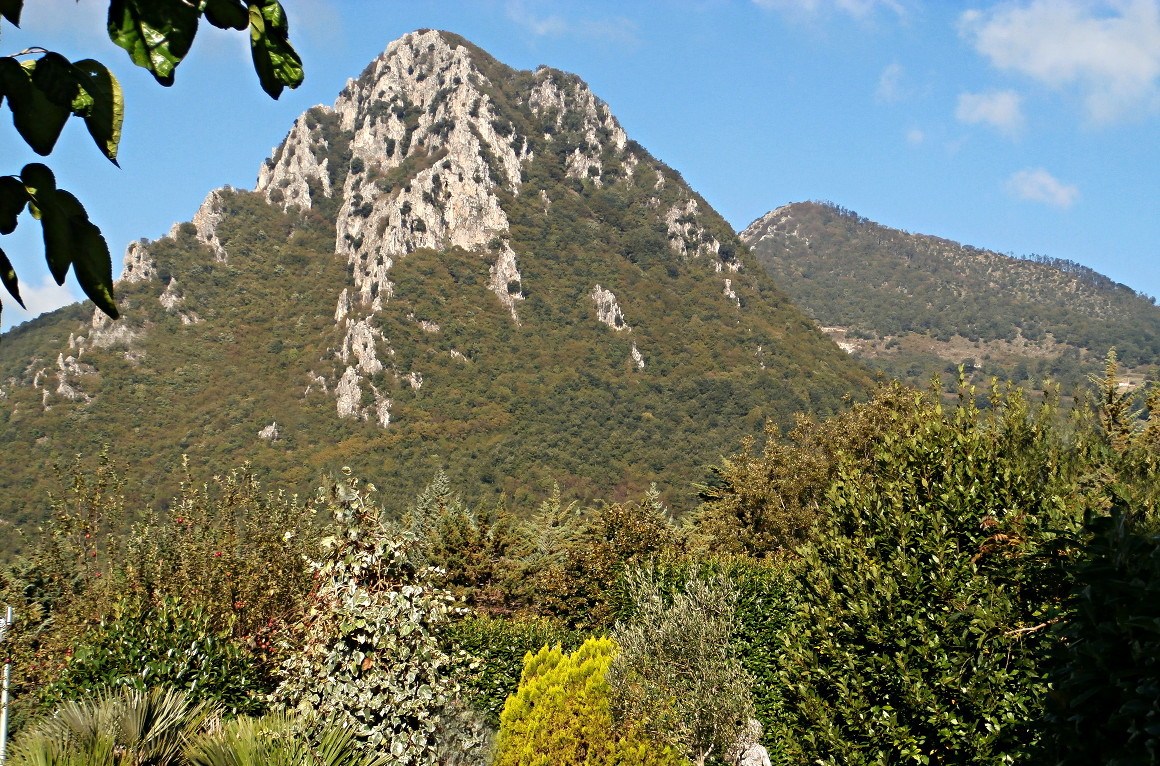
LOLLY ENJOYS A WARM ITALIAN WELCOME
During the morning we stopped off to have coffee with our ‘family’ in Pompeii, which was on our way. La Casa di Plinio is now rated ‘No.1 place to stay’ on Trip Advisor; and that must principally be not just for the cleanliness of the pretty, well-appointed rooms and the excellent Continental breakfasts, but because the whole family treat all guests like one of their own:
info@La Casa di Plinio.com.
Lolly was instantly charmed by their courtyard, newly paved in a swirling pattern of small, square tiles, and pretty with tubs of flowers and dishes of succulents. She was bowled over by the welcome from the entire family, who all left their places of work – Martina her office, and the cleaning and sprucing up of the ‘lets’; Salvatore his training as a motorcycle guide of the area, and their mother, Antonella, who had left her own home to come and hug and kiss us, however briefly. And then another motorbike drew up outside, and in rushed Vincenzo, Martina’s partner, to enfold me in a bear hug. Whenever I see him Vincenzo radiates good cheer, with his flashing white grin.
Indeed, when we were back in the car Lolly (who comes from America, land of the Hollywood smiles) actually commented ‘All the Italians I’ve seen seem to have absolutely perfect white teeth.’ I said ‘I expect that’s because they eat such good, clean food.’
She had also enjoyed the cappuccino they made especially for her: Italians only drink it at breakfast time. Now it was not such a long drive to Ercolano – the modern town above the ancient site of Herculaneum.
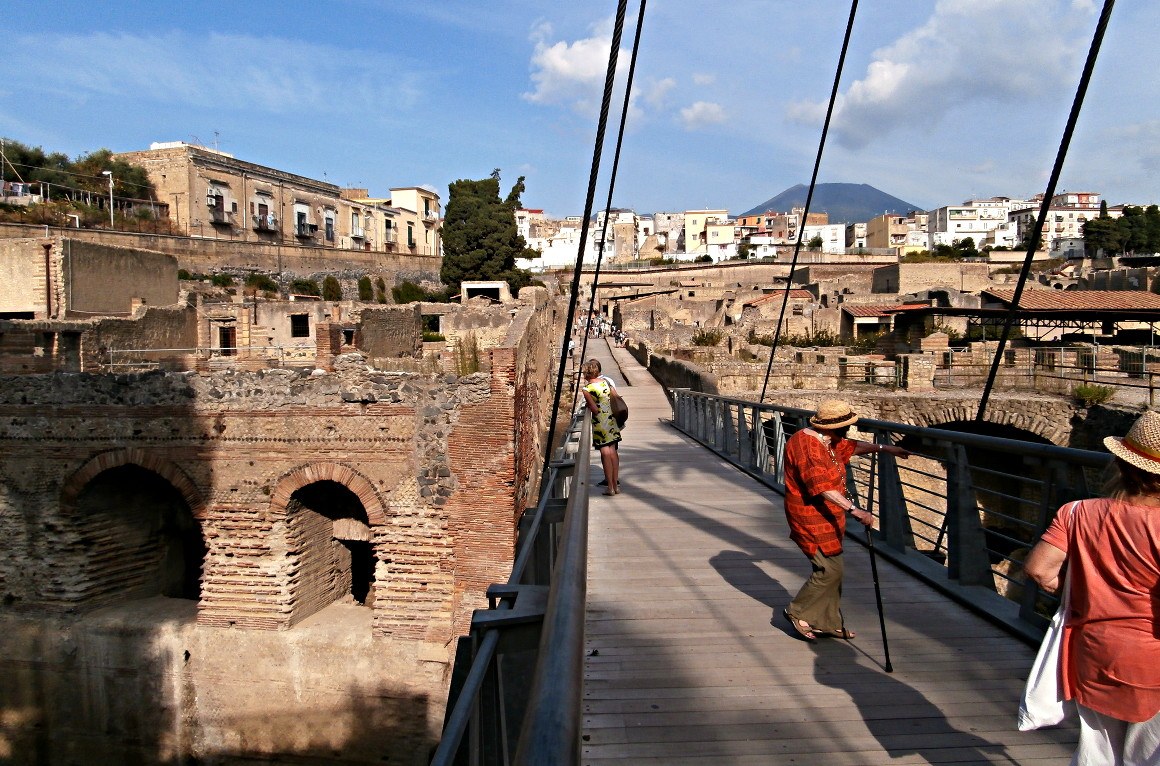
OUR FIRST SIGHT – THE LAST REFUGE – SKELETONS
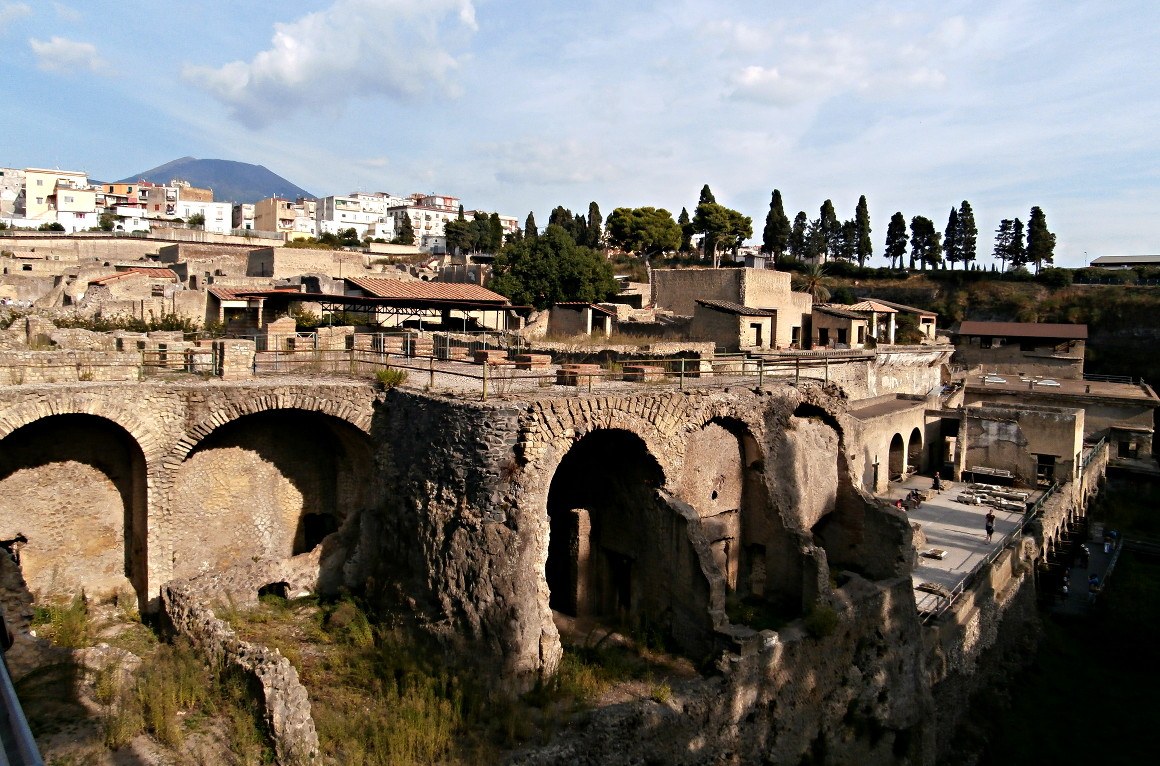
We had to approach the site down a long, sloping tunnel and were intrigued upon emerging to find ourselves on a bridge looking across at blocks of flats built above a sort of ditch, which was once where the sea lapped at the base of a cliff. Further along were the boathouses, still filled with the agonised skeletons of the families who had run there for shelter.
ROMAN SHOPS – BLOCKS OF FLATS AND INTACT HOUSES
Nearly all the houses, large and small, are quite preserved; tiles still on roofs, woodwork in many places intact, though charred. You see charming indoor balconies, and courtyards with stone seats and fountain bases.
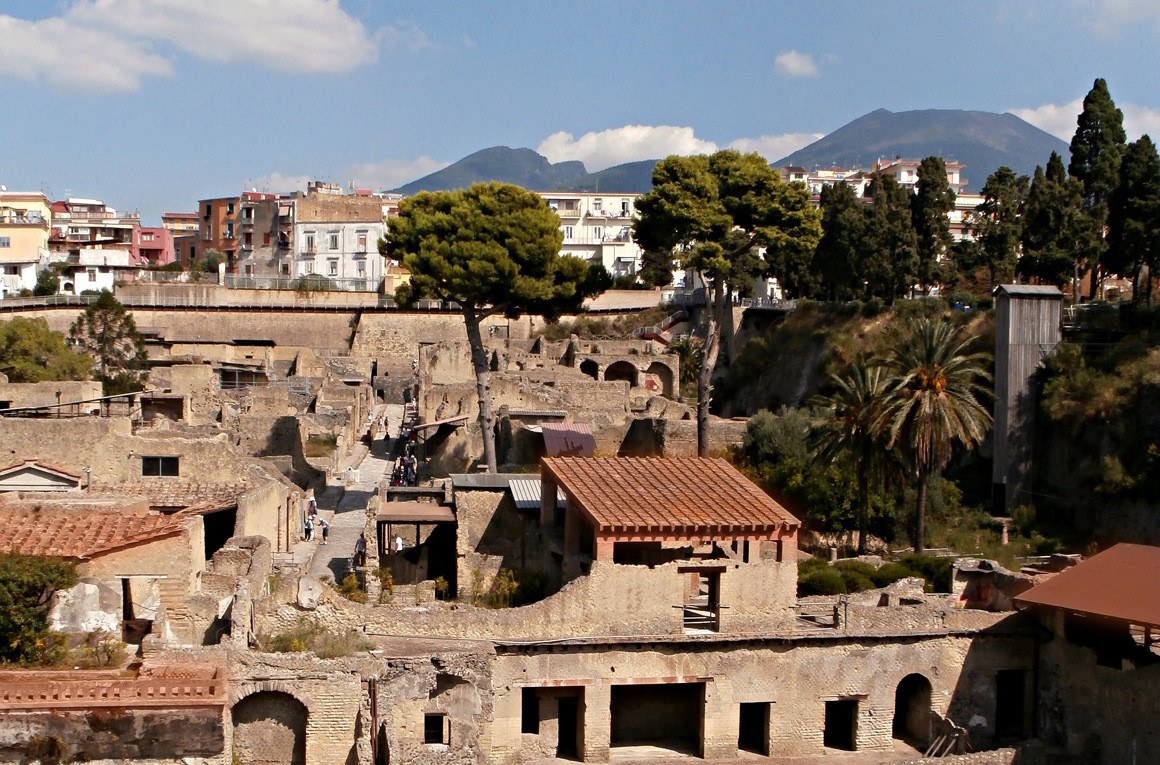
You cannot help being aware that there is far more stretching beneath the modern town of Ercolano, which is built far above, right up to the edge of the square pit containing the streets of ancient buildings.
We knew from experience that Herculaneum is smaller and far less taxing to explore than Pompeii, though I have to point out that Pompeii shows more of the ‘Grandeur’ of Ancient Rome – but it is a vast site. I would still like to visit the side of Pompeii that was mostly closed in 2011 and is now open – but not sure if I can now manage all those cobbled streets. Do both if you are keen, but allow two days to thoroughly explore Pompeii, however fit you are. (It can be very hot to walk around exposed to the sun and with little shade, even in October. Take bottles of water.)
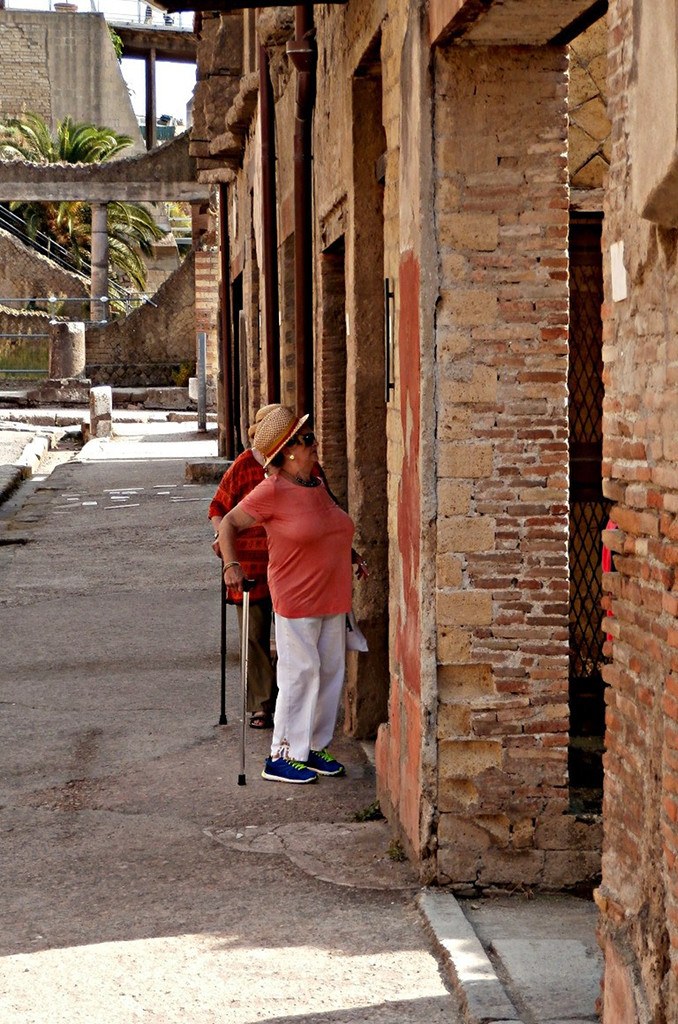
Herculaneum was the main holiday resort for the Romans who spent their everyday lives in the larger city of Pompeii, with its imposing official buildings. The rows of smaller houses and flats in Herculaneum give a better idea of everyday domestic living, which was in some cases quite imposing. Like towns today, it had its ‘posh’ end, where you still walk into houses with hand painted frescoes on the walls and ceilings of large rooms, and containing their own hot baths.
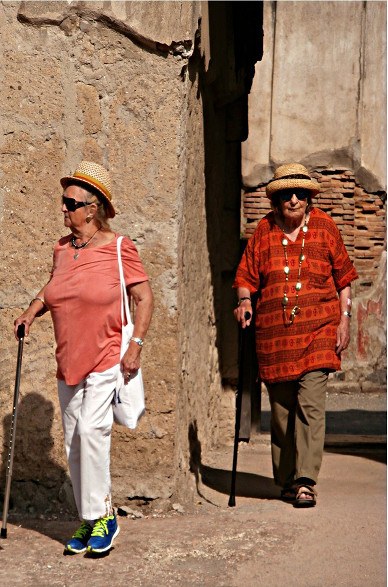
Herculaneum is closer to Vesuvius, and so was buried in hot ash, which turned the wood into charcoal and left the skeletons of the inhabitants intact. The entire town was buried under 30 metres of volcanic ash, with the result that because of the mainly dry climate many of the shops can be recognised by the remains of their goods. Blackened loaves encourage you to look at the unusual free-standing ovens in the bakers’ shops; the marble counters and deep-sunk vats make it easy to fill the wine-houses with men, noisy at their games of chance; and the brothel announces itself with colourful frescoes.
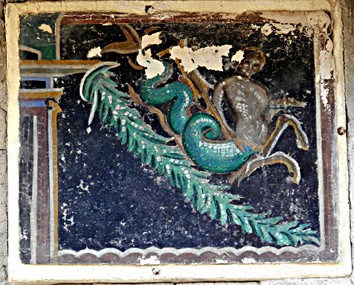
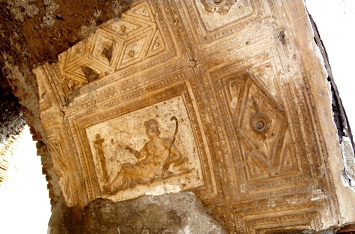
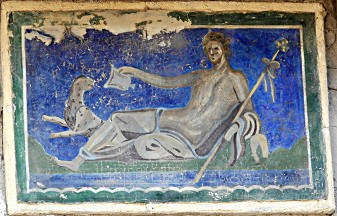
LOLLY IS ATTRACTED TO FRIDGE MAGNETS
Lolly was really impressed by Herculaneum, where despite my entreaties, she later let herself be conned by a stallholder into paying 5 euros each for three fridge magnets which were clearly marked 2 euros in the museum shop. (It’s not my business, but it hurts me – maybe I’m stingy, but my lovely, open-handed friend is not rich.)
Text by – Jackie Usher, SWWJ. (aka author Debbie Darkin, & ‘Graham Liverpool’ on Trip Advisor.)
Photographs by – Graham Usher.
![]()

